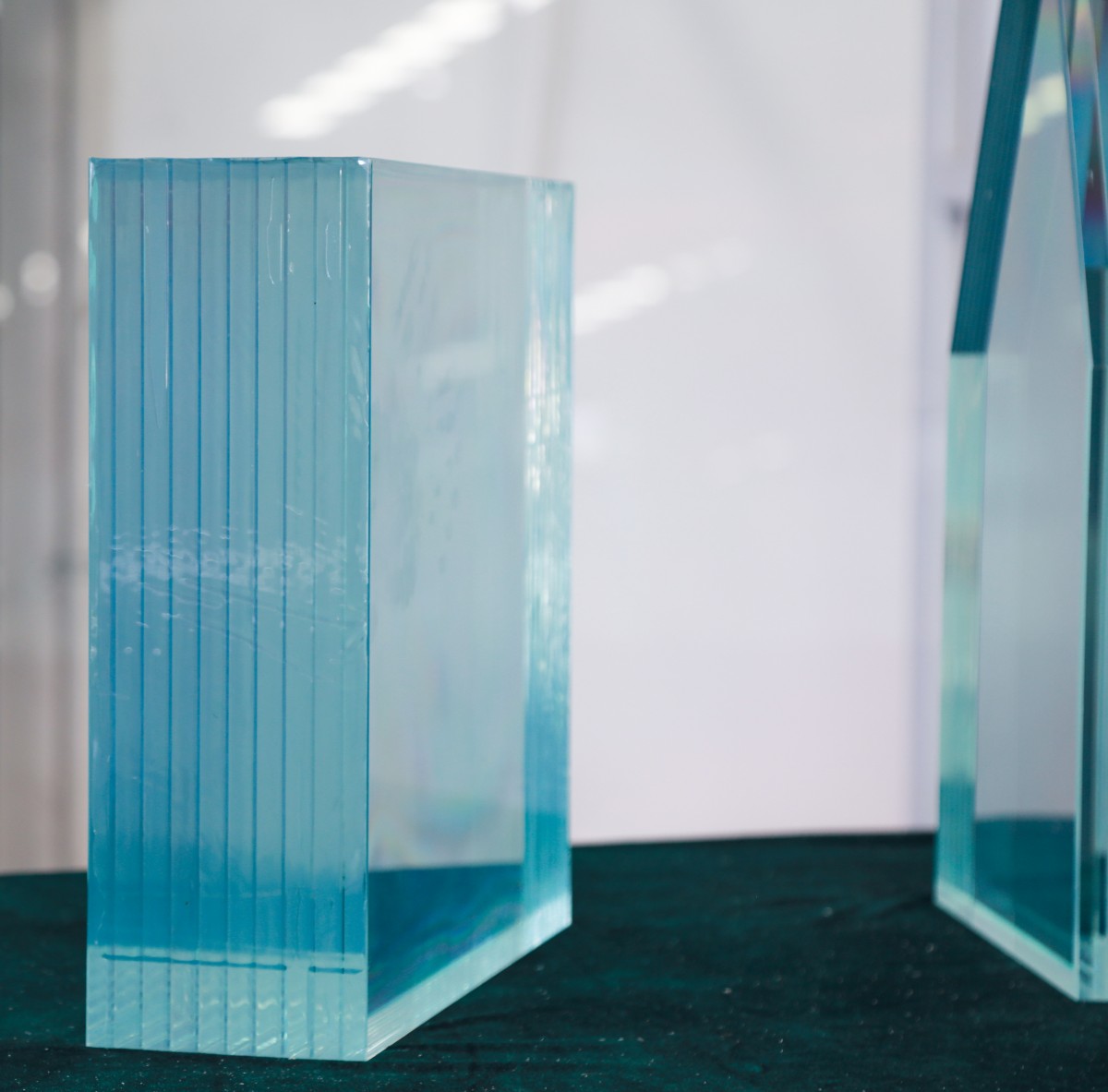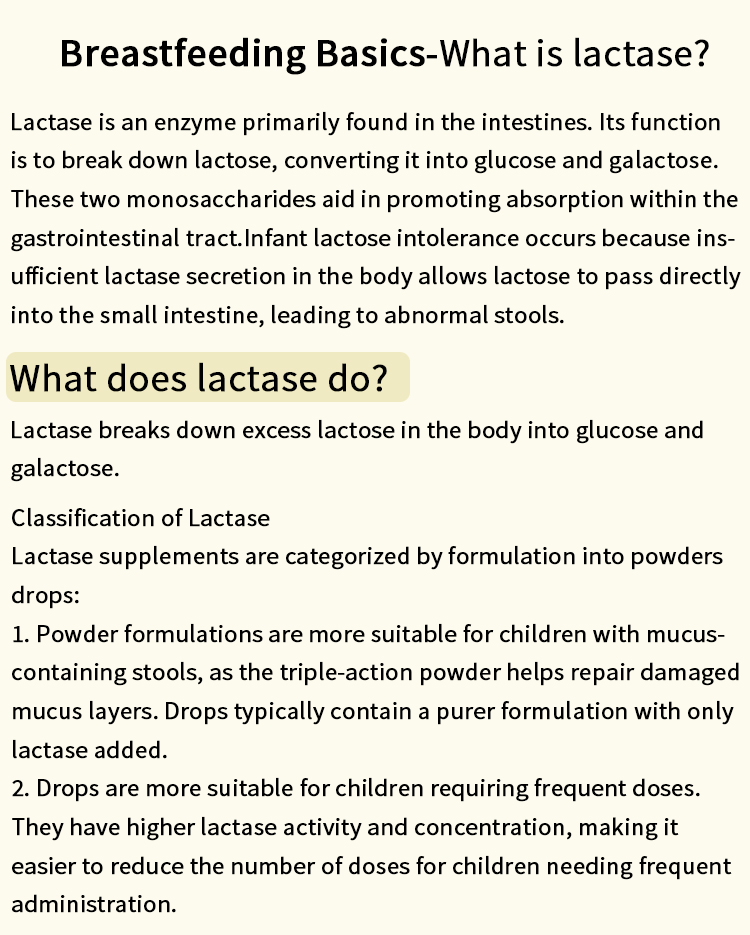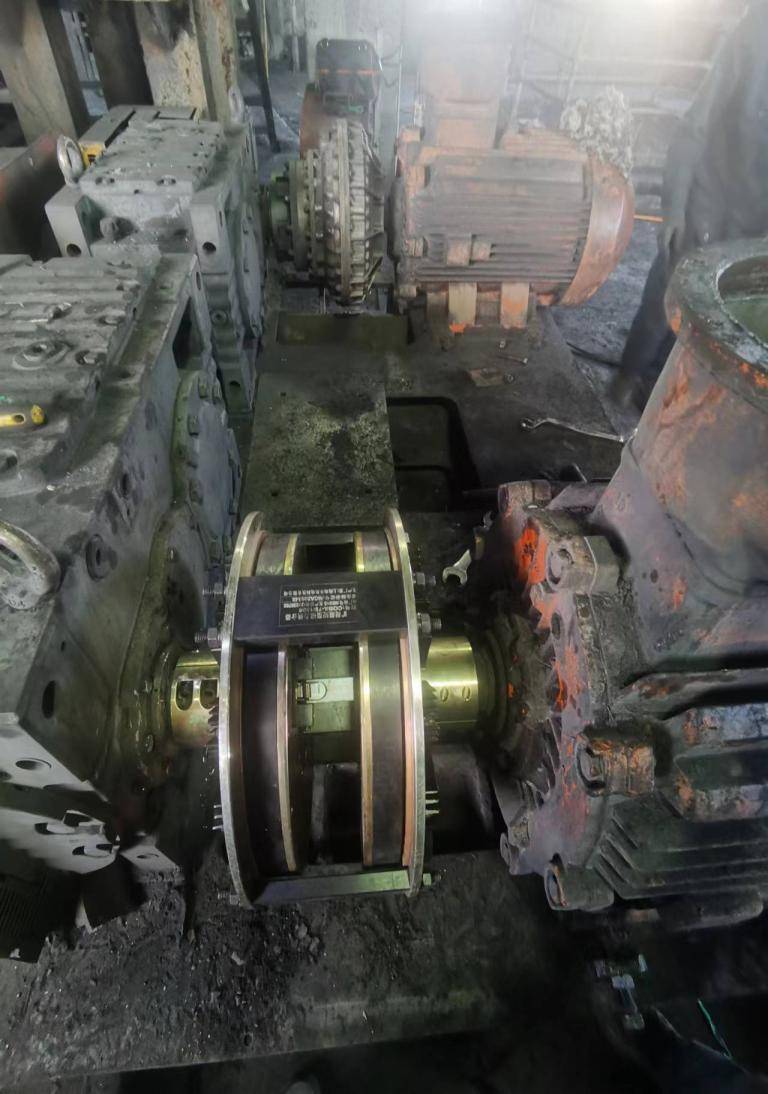When it comes to thermal management in various industries, heat exchangers play a pivotal role in enhancing energy efficiency and optimizing processes. With a multitude of designs available, the question arises: Which heat exchanger is best and why? This article delves into the intricacies of different heat exchanger types, their applications, and the factors that determine their effectiveness, providing a comprehensive guide for engineers and decision-makers alike.
Understanding Heat Exchanger Types
Heat exchangers can be categorized into several types, each with unique characteristics and applications. The most common types include:
- Shell and Tube Heat Exchangers: Comprising a series of tubes, these exchangers allow one fluid to flow through the tubes while another fluid flows around them within a shell. They are highly versatile and can handle high pressures and temperatures, making them suitable for oil refineries and chemical processing.
- Plate Heat Exchangers: Made up of thin plates stacked together, these exchangers provide a large surface area for heat transfer in a compact design. They are ideal for applications requiring efficient heat transfer in a limited space, such as food processing and HVAC systems.
- Air-Cooled Heat Exchangers: Utilizing ambient air to dissipate heat, these exchangers are commonly used in power plants and refrigeration systems. They are particularly advantageous in areas where water is scarce.
- Double-Pipe Heat Exchangers: A simple design consisting of one pipe inside another, these exchangers are often used for small-scale applications and are easy to maintain.
- Spiral Heat Exchangers: Featuring a spiral design, these exchangers are effective for handling viscous fluids and are often used in the chemical and pharmaceutical industries.
Factors Influencing the Choice of Heat Exchanger
Selecting the best heat exchanger involves considering several critical factors:
- Thermal Efficiency: The primary function of a heat exchanger is to transfer heat efficiently. The design and materials used can significantly impact thermal performance. For instance, plate heat exchangers typically offer higher thermal efficiency due to their large surface area.
- Pressure Drop: A lower pressure drop across the heat exchanger is desirable as it reduces the energy required to pump fluids through the system. Shell and tube heat exchangers often have a higher pressure drop compared to plate heat exchangers.
- Space Constraints: In applications where space is limited, compact designs like plate heat exchangers or spiral heat exchangers may be more suitable.
- Fluid Properties: The nature of the fluids involved—such as viscosity, corrosiveness, and temperature—will influence the choice of materials and design. For example, corrosive fluids may require specialized materials like titanium or high-grade stainless steel.
- Maintenance Requirements: Some heat exchangers, like shell and tube types, allow for easier cleaning and maintenance compared to others. Regular maintenance is crucial for ensuring long-term efficiency and reliability.
- Cost Considerations: Initial investment, operational costs, and maintenance expenses should all be factored into the decision-making process. While some designs may have a higher upfront cost, their efficiency can lead to lower operational costs over time.
Application-Specific Recommendations
- Chemical Processing: For processes involving high pressures and corrosive fluids, shell and tube heat exchangers are often the best choice due to their robustness and ability to handle extreme conditions.
- Food and Beverage Industry: Plate heat exchangers are preferred for their efficiency and ease of cleaning, which is essential for maintaining hygiene standards.
- HVAC Systems: In heating, ventilation, and air conditioning applications, air-cooled heat exchangers are commonly used due to their ability to operate without water, making them ideal for arid regions.
- Power Generation: In power plants, shell and tube heat exchangers are typically used for their ability to handle large volumes of fluids and high thermal loads.
Conclusion: Making the Right Choice
In conclusion, the question of which heat exchanger is best cannot be answered with a one-size-fits-all solution. The optimal choice depends on a thorough analysis of the specific application, fluid properties, and operational requirements. By considering factors such as thermal efficiency, pressure drop, space constraints, and maintenance needs, engineers can select the most suitable heat exchanger that not only meets performance criteria but also enhances overall system efficiency.






+ There are no comments
Add yours